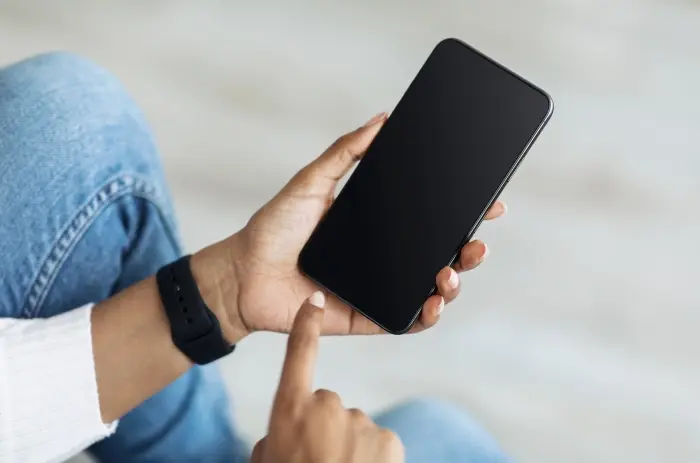Master the art of personalizing your Android device with our comprehensive guide on customizing your phone’s interface for a truly unique user experience.
Android phones are celebrated for their extensive customization capabilities, allowing users to transform the interface according to their preferences and needs.
Whether it’s tweaking the home screen, adjusting the settings to optimize usability, or installing third-party apps for a completely new look, the possibilities are nearly limitless.
This guide provides a step-by-step approach to customizing your Android phone’s interface, from simple adjustments to advanced modifications.
1. Changing Your Wallpaper and Icons
The simplest way to start customizing your Android phone is by changing the wallpaper. You can set any image as your home screen or lock screen wallpaper directly from the “Settings” menu under “Display” > “Wallpaper.”
For a more unified aesthetic, consider custom icon packs available through the Google Play Store, which can replace the default icons for a fresh look. Apps like Nova Launcher or Icon Pack Studio allow you to fully customize icons’ appearance.
2. Installing a Custom Launcher
Custom launchers are applications that replace your default home screen with a customizable interface.
Popular options like Nova Launcher, Apex, and Action Launcher offer a variety of customization features including gesture controls, advanced widget options, and more flexible user interface changes. These launchers can dramatically change how you interact with your device.
3. Utilizing Widgets
Widgets are powerful tools for customizing your Android interface. They allow you to access app features directly from your home screen without opening the app. Widgets can be added by long-pressing on the home screen and selecting “Widgets.”
From here, you can browse through widgets from installed apps such as calendars, weather reports, music players, or productivity tools.
4. Personalizing Your Lock Screen
Customizing your lock screen can enhance both the functionality and aesthetics of your Android phone.
Beyond changing the wallpaper, you can add widgets for quick access to apps, adjust notifications settings, and even use third-party lock screen replacements found on the Google Play Store to add additional features like fingerprint recognition or more detailed notifications.
5. Adjusting System Fonts and Size
Android allows you to change system fonts and their size, which can help personalize your device or improve readability.
This can typically be adjusted in “Settings” under “Display” > “Font size and style.” Some devices offer downloadable font packs if you want more stylistic options beyond the default selections.
6. Revamping the Notification Panel
The notification panel can be customized to better suit how you use your phone. You can change the quick settings tiles to include the features you use most frequently and reorder them to your preference.
This is done by pulling down the notification shade twice and tapping the edit button (usually depicted as a pencil).
7. Implementing Live Wallpapers or Themes
Live wallpapers add visual flair to your device, with animations or interactive backgrounds that can respond to touch or device movement.
Themes, on the other hand, can change the look of your entire OS, including colors, fonts, and icons. Both can be found in the Google Play Store, and some device manufacturers offer their own theme stores with options specifically designed for their models.
8. Using Third-Party Apps for Further Customization
For those who want to dive deeper into customization, third-party apps offer tools to tweak everything from your navigation bar to your status bar.
Apps like Good Lock or Tasker allow for intricate customizations that can automate tasks, enhance usability, or completely overhaul the user interface.
9. Optimizing Home Screen Layouts
Experimenting with different home screen layouts can help you maximize efficiency and aesthetics.
Consider how you use your phone and arrange apps and widgets accordingly. Most custom launchers allow you to set up multiple home screens with different app and widget configurations.
10. Securing Your Customizations
Once you’ve perfected your Android setup, ensure you back up your layout and settings. Many custom launchers offer backup and restore options, saving your setup to the cloud or local storage.
This is crucial for maintaining your customizations in case you need to reset your phone or upgrade to a new device.
Customizing your Android phone’s interface not only makes your device more personal but also can enhance your overall user experience.
By taking advantage of the built-in options and third-party apps available, you can transform your Android device into something that truly feels like your own.
Start with simple changes like updating your wallpapers and icons, and gradually explore deeper customizations with launchers and other tools. With this guide, you’re well on your way to becoming an Android customization pro.
